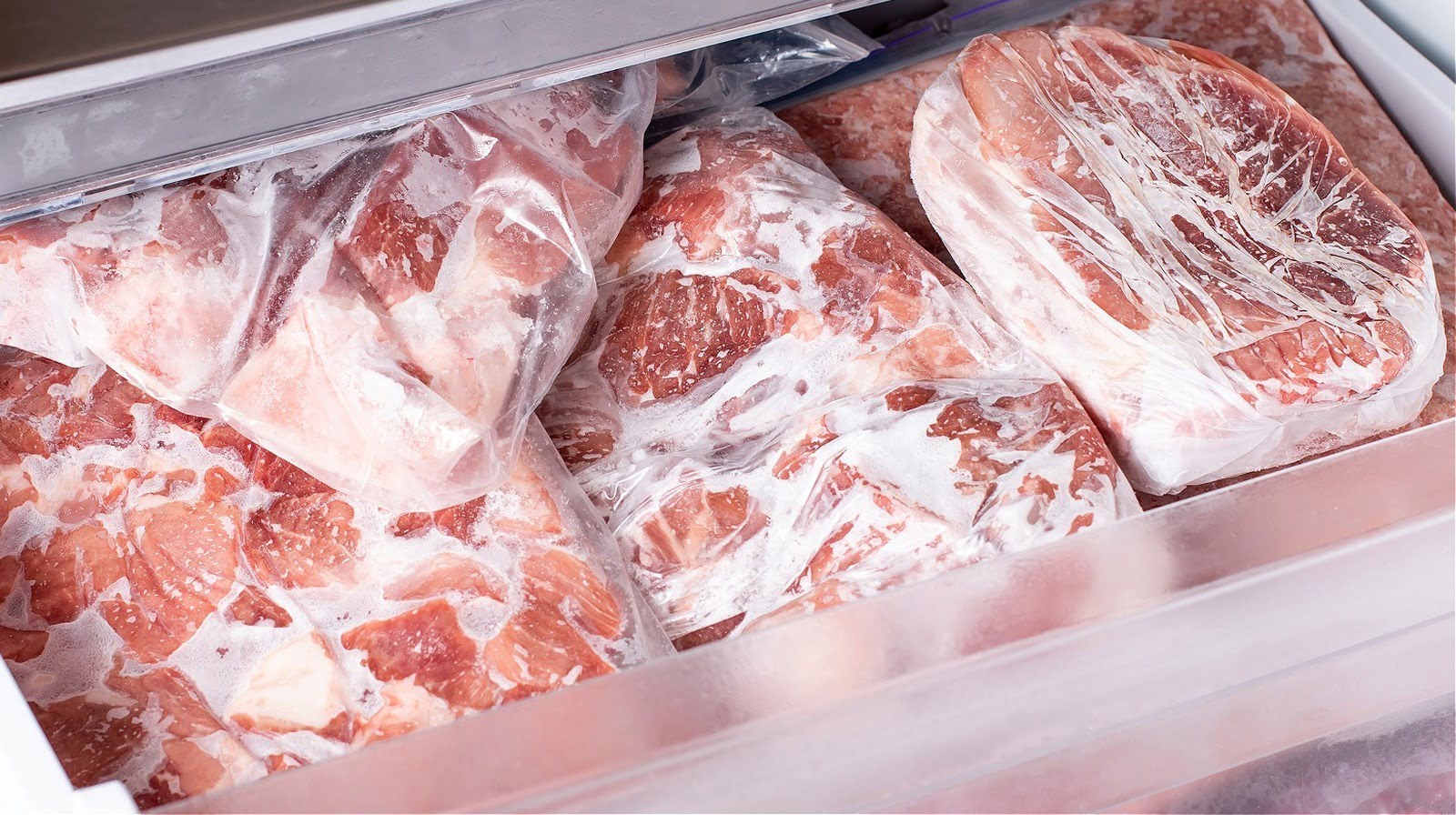

Articles
How Long Can Pork Last In The Freezer
Modified: February 28, 2024
Discover how long pork can last in the freezer and keep your articles fresh. Find out the optimal storage time for frozen pork and avoid any potential food waste.
(Many of the links in this article redirect to a specific reviewed product. Your purchase of these products through affiliate links helps to generate commission for Storables.com, at no extra cost. Learn more)
Introduction
Welcome to the world of frozen pork! Whether you’re a seasoned professional or just starting out, understanding how long pork can last in the freezer is essential knowledge. Freezing pork is a fantastic way to extend its shelf life and ensure that you always have a delicious protein option on hand.
But, before we dive into the specifics, it’s important to understand a few key factors that can affect the shelf life of pork in the freezer. Factors such as temperature, packaging, and proper freezing techniques play a significant role in preserving the quality of the meat.
In this comprehensive guide, we’ll explore the recommended freezer storage times for different types of pork, provide tips for proper freezing techniques, and discuss ways to extend the freezer life of pork. We’ll also cover how to identify signs of spoiled or freezer-burned pork and safe thawing practices for frozen pork. So, let’s get started!
Key Takeaways:
- Properly freezing pork, maintaining the right temperature, and using airtight packaging can extend its freezer life, ensuring delicious, high-quality meals for an extended period.
- Recognizing signs of spoiled pork and following safe thawing practices are crucial for maintaining food safety and enjoying the convenience of frozen pork.
Factors Affecting the Shelf Life of Pork in the Freezer
When it comes to frozen pork, several factors can impact its shelf life and overall quality. Understanding these factors will help you make informed decisions about how long you can safely store pork in the freezer.
- Temperature: The temperature of your freezer is crucial in maintaining the quality and safety of frozen pork. The freezer should be set at 0°F (-18°C) or below. At this temperature, the growth of bacteria and other microorganisms is significantly reduced, keeping the pork safe to consume for an extended period.
- Packaging: Proper packaging plays a vital role in preventing freezer burn and maintaining the flavor and texture of pork. It’s recommended to use airtight, moisture-resistant packaging such as freezer bags or vacuum-sealed bags. Make sure to remove as much air as possible before sealing to minimize the risk of freezer burn.
- Quality of Pork: The initial quality of the pork before freezing can affect its shelf life. It’s essential to start with fresh, high-quality pork to ensure the best results in terms of taste and texture after freezing. If the pork is nearing its expiration date or has been mishandled, its freezer life may be shorter.
- Freezing Techniques: The way you freeze pork can influence its freezer life. For optimal results, divide large cuts of pork into smaller portions before freezing. This allows for quicker freezing and easier thawing of the desired amount. Additionally, make sure the pork is completely cooled before placing it in the freezer to minimize temperature fluctuations.
These factors collectively contribute to the overall shelf life and quality of frozen pork. By paying attention to the temperature, packaging, quality of pork, and freezing techniques, you can maximize the freezer life of your pork and enjoy it at its best when thawed and cooked.
Recommended Freezer Storage Times for Pork
While frozen pork can remain safe to eat indefinitely if stored at the proper temperature, it is recommended to consume it within a certain time frame to maintain its optimal quality. The following are general guidelines for the recommended freezer storage times for different types of pork:
- Ground pork: Ground pork can be stored in the freezer for up to 3-4 months. It’s essential to use it within this time frame to ensure the best taste and texture.
- Pork cuts (such as chops, roasts, and steaks): Pork cuts can be stored in the freezer for 4-6 months. Proper packaging is crucial to prevent freezer burn and maintain the quality of the meat.
- Pork sausages: Pork sausages can be stored in the freezer for 2-3 months. Keep in mind that the presence of added ingredients, such as spices and herbs, may slightly affect the freezer life.
- Cured or smoked pork: Cured or smoked pork, such as bacon or ham, can be stored in the freezer for 1-2 months. These types of pork tend to have a shorter freezer life due to their higher salt content.
- Pork leftovers: Leftover cooked pork can be stored in the freezer for 2-3 months. Make sure to package it properly to avoid freezer burn and maintain its quality.
It’s important to note that these recommended storage times are just guidelines, and the actual freezer life of pork may vary depending on various factors. Always use your best judgment and rely on your senses when determining the quality and safety of frozen pork.
Remember to label each package with the date of freezing to track its age accurately. If stored properly, most types of pork can maintain their quality and be safe to consume within the recommended storage times.
Proper Freezing Techniques for Pork
To ensure the best results when freezing pork, it’s essential to follow proper techniques. By employing these techniques, you can maintain the quality and flavor of the meat, while also extending its freezer life.
Here are some guidelines to help you freeze pork properly:
- Divide into portions: If you have larger cuts of pork, such as roasts or whole tenderloins, it’s best to divide them into smaller portions before freezing. This not only allows for quicker freezing but also makes it easier to thaw only the amount you need for each meal.
- Wrap tightly: Proper packaging is crucial to prevent freezer burn. Wrap each portion of pork tightly in plastic wrap or place it in freezer bags. Make sure that all air is removed from the packaging to minimize the risk of freezer burn.
- Use airtight containers: If you prefer using containers, such as plastic containers or glass jars, ensure they are airtight and freezer-safe. These can be a great option for soups or stews containing pork.
- Label and date: Before placing the pork in the freezer, label each package with the contents and the date of freezing. This will help you keep track of the age of your frozen pork and ensure you use it within the recommended storage times.
- Freeze at the right temperature: Set your freezer to 0°F (-18°C) or below. Maintaining the proper freezing temperature is essential for preserving the quality and safety of the pork.
- Cool before freezing: It’s important to cool the pork completely before placing it in the freezer. This prevents condensation and helps maintain the pork’s texture and flavor.
By following these proper freezing techniques, you can ensure that your frozen pork stays fresh, flavorful, and safe to consume for an extended period.
Remember, the quality of the pork before freezing also impacts its freezer life, so always start with fresh, high-quality pork for the best results.
Pork can last in the freezer for 6-8 months if properly stored. To maintain quality, wrap it tightly in plastic wrap or aluminum foil, then place it in a resealable freezer bag. Be sure to label with the date to track its freshness.
Tips for Extending the Freezer Life of Pork
If you want to maximize the shelf life of frozen pork and ensure that it maintains its quality over time, there are a few additional tips you can follow. These tips can help you extend the freezer life of pork and enjoy it at its best when thawed and cooked.
- Properly package the pork: As mentioned earlier, using airtight, moisture-resistant packaging is essential to prevent freezer burn. Consider using freezer bags or vacuum-sealed bags to ensure the best protection against oxygen and moisture.
- Remove excess air: When packaging pork for the freezer, make sure to remove as much air as possible. Air pockets can lead to freezer burn and impact the quality of the meat. Consider using a straw or a vacuum sealer to remove excess air before sealing the package.
- Organize your freezer: Keeping your freezer well-organized not only makes it easier to find what you need but also helps maintain a consistent temperature. Arrange the pork packages in a way that allows for proper air circulation and avoids temperature fluctuations.
- Keep a freezer inventory: Creating a freezer inventory is a helpful habit to keep track of the types and quantities of pork you have stored. This can help you plan meals, use older cuts first, and avoid unnecessary food waste.
- Rotate your stock: To prevent keeping frozen pork for too long, practice a first-in, first-out system. Always use the older cuts of pork first before reaching for the newer ones. This way, you can ensure that no pork goes to waste.
- Avoid frequent thawing and refreezing: Frequent thawing and refreezing can have a negative impact on the quality and safety of the pork. Plan your meals accordingly and only thaw the amount you need for a particular occasion to minimize unnecessary freezing and thawing cycles.
By following these tips, you can extend the freezer life of pork and maintain its quality for a longer period. Remember, while freezing can preserve the safety of pork indefinitely, the overall quality may start to deteriorate over time. It’s always best to use frozen pork within the recommended storage times for the best taste and texture.
Now that you’re equipped with these tips, you can confidently freeze pork and enjoy its deliciousness whenever you’re ready to cook a mouthwatering meal.
Read more: How Long Can Butter Last In The Freezer
Signs of Spoiled or Freezer-Burned Pork
While freezing can extend the shelf life of pork, it’s important to know the signs of spoiled or freezer-burned meat. By recognizing these signs, you can ensure that the pork you consume is safe and of good quality.
- Off odor: One of the first signs of spoiled pork is a foul or off odor. If the pork emits a strong, unpleasant smell, it is best to discard it.
- Discoloration: Fresh pork should have a pinkish color. If you notice any significant changes in color, such as gray or greenish hues, it might indicate that the meat has spoiled.
- Texture changes: Spoiled pork may have slimy or sticky textures. It can also become dry and tough due to freezer burn. These changes in texture are indicators that the pork is no longer safe to consume.
- Presence of mold or ice crystals: Mold growth on pork is a clear sign of spoilage. Additionally, the presence of large ice crystals on the surface of the meat suggests freezer burn, which can affect the quality of the pork.
- Unusual taste: If the pork tastes sour, strange, or off, it’s a sign that it has spoiled. Fresh pork should have a neutral, meaty flavor.
If you observe any of these signs, it is best to err on the side of caution and discard the pork. Consuming spoiled or freezer-burned meat can lead to foodborne illnesses and an unpleasant dining experience. Always prioritize food safety and trust your senses when assessing the quality of frozen pork.
Remember, proper storage and handling techniques, as well as using pork within the recommended freezer storage times, can help minimize the chances of spoilage and freezer burn.
Safe Thawing Practices for Frozen Pork
Thawing frozen pork properly is essential to maintain its quality and ensure safe consumption. Here are some safe thawing practices to follow:
- Refrigerator thawing: The safest method to thaw frozen pork is in the refrigerator. Simply transfer the frozen pork from the freezer to a plate or tray and place it in the refrigerator. Allow enough time for the pork to thaw completely. The recommended thawing rate is 24 hours for every 5 pounds of pork.
- Cold water thawing: If you need to thaw pork quickly, you can use the cold water thawing method. Place the frozen pork in a leak-proof plastic bag and submerge it in cold water. Change the water every 30 minutes to ensure it remains cold. Thawing time using this method may vary but is generally faster than refrigerator thawing.
- Microwave thawing: While using a microwave to thaw pork is an option, it is important to use the defrost setting and follow the microwave manufacturer’s instructions. Be cautious while microwaving as the pork may start to cook in certain areas if not monitored closely. Remember to cook the pork immediately after thawing.
- Cooking from frozen: In certain instances, you can cook frozen pork without thawing it. This method is suitable for thin cuts of pork, such as chops or slices. Adjust the cooking time accordingly, as it may take slightly longer than when using thawed pork.
- Avoid thawing on the countertop: Thawing frozen pork on the countertop at room temperature is not recommended. It allows bacteria to multiply rapidly in the outer layer of the meat, potentially leading to foodborne illnesses. Always opt for refrigerator, cold water, microwave, or cooking from frozen methods.
Once the pork is thawed, cook it promptly. Avoid refreezing thawed pork, as this can negatively impact its quality and safety.
Remember, maintaining proper food safety practices is crucial when handling frozen pork to avoid any risks associated with consuming undercooked or contaminated meat.
By following these safe thawing practices, you can ensure that your pork not only thaws safely but also maintains its quality and taste.
Conclusion
Freezing pork is an excellent way to extend its shelf life and ensure that you always have a convenient and delicious protein option readily available. By understanding the factors that affect the shelf life of pork in the freezer and following recommended storage times, proper freezing techniques, and safe thawing practices, you can reap the benefits of frozen pork while maintaining its quality and safety.
Factors such as maintaining the proper freezer temperature, using appropriate packaging to prevent freezer burn, starting with fresh pork, and employing proper freezing techniques all contribute to maximizing the freezer life of pork.
By dividing larger cuts into portions, wrapping the pork tightly to protect against air and moisture, labeling and dating packages, and organizing the freezer, you can ensure that your frozen pork remains in optimal condition.
Additionally, recognizing the signs of spoiled or freezer-burned pork is crucial for avoiding any potential health risks. By paying attention to off odors, discoloration, texture changes, the presence of mold or ice crystals, and unusual taste, you can determine whether the pork is still safe to consume.
Thawing frozen pork safely is equally important to maintain its quality and ensure food safety. Whether you choose refrigerator thawing, cold water thawing, microwave thawing, or cooking from frozen, following proper thawing practices is essential.
Lastly, always prioritize food safety and trust your senses when assessing the quality of frozen pork. By implementing these guidelines and recommendations, you can confidently enjoy the convenience and flavors that frozen pork can offer.
So, embrace the world of frozen pork, make the most of your freezer space, and savor delicious meals with the knowledge that you’re utilizing safe and effective freezing techniques.
Frequently Asked Questions about How Long Can Pork Last In The Freezer
Was this page helpful?
At Storables.com, we guarantee accurate and reliable information. Our content, validated by Expert Board Contributors, is crafted following stringent Editorial Policies. We're committed to providing you with well-researched, expert-backed insights for all your informational needs.

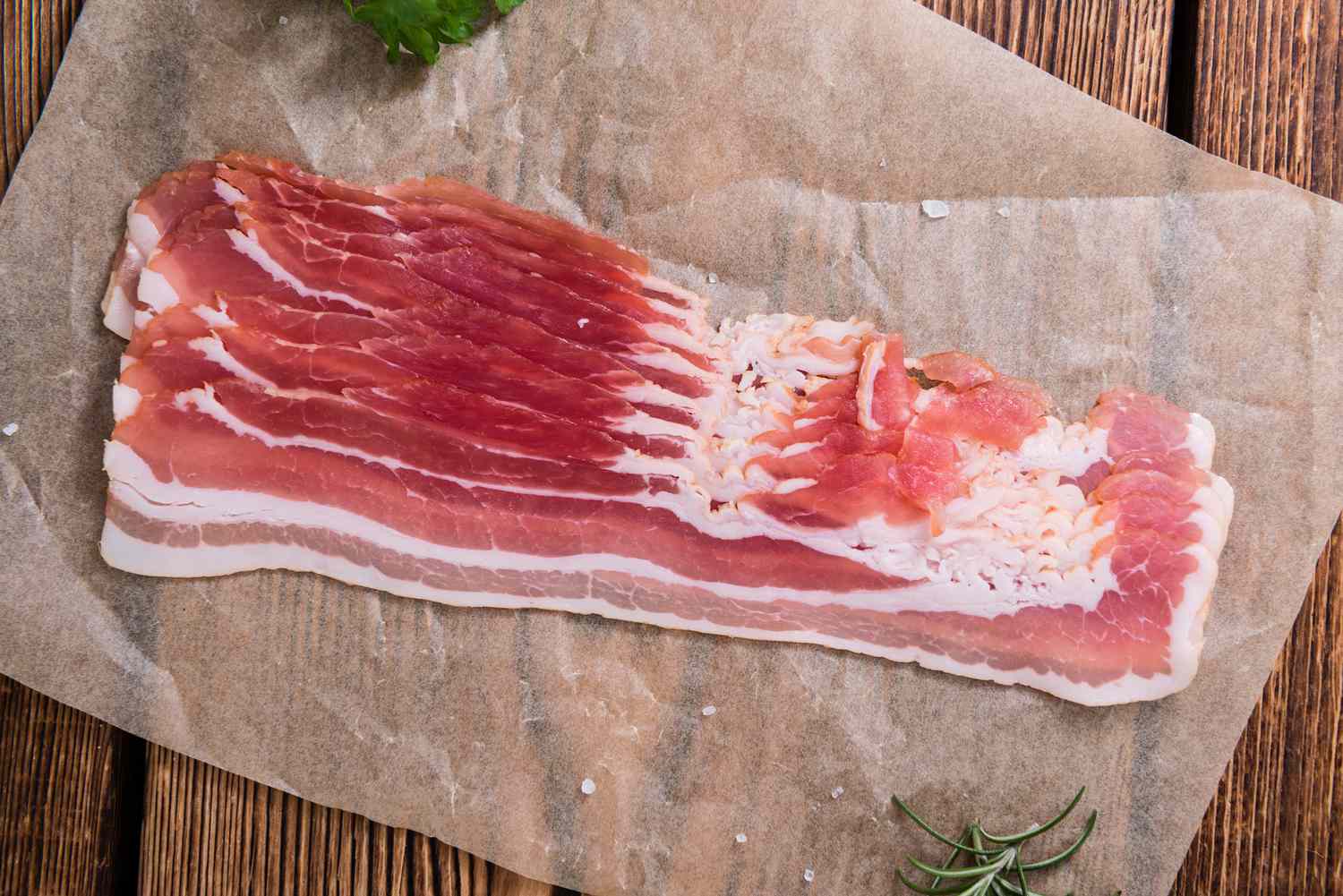
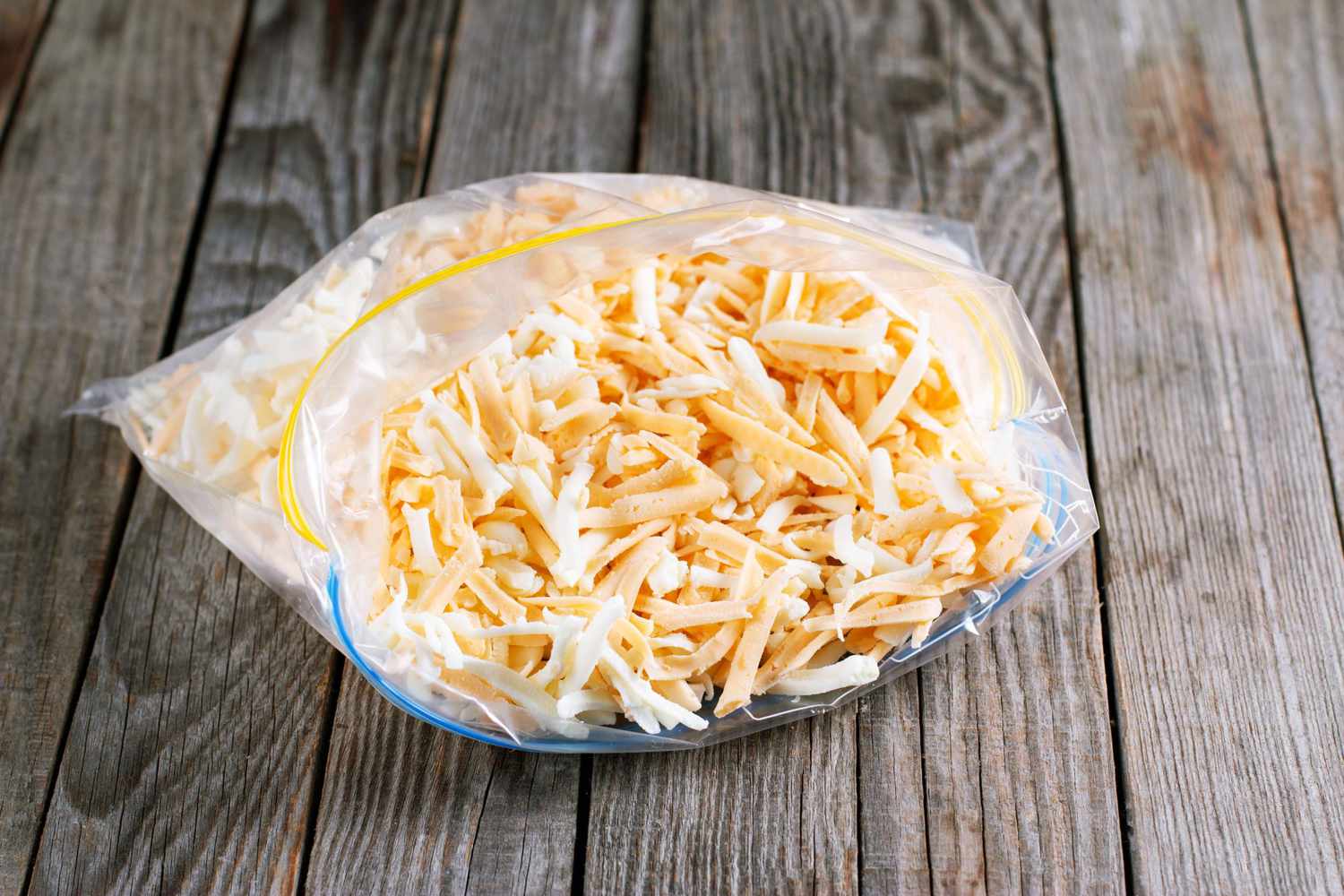
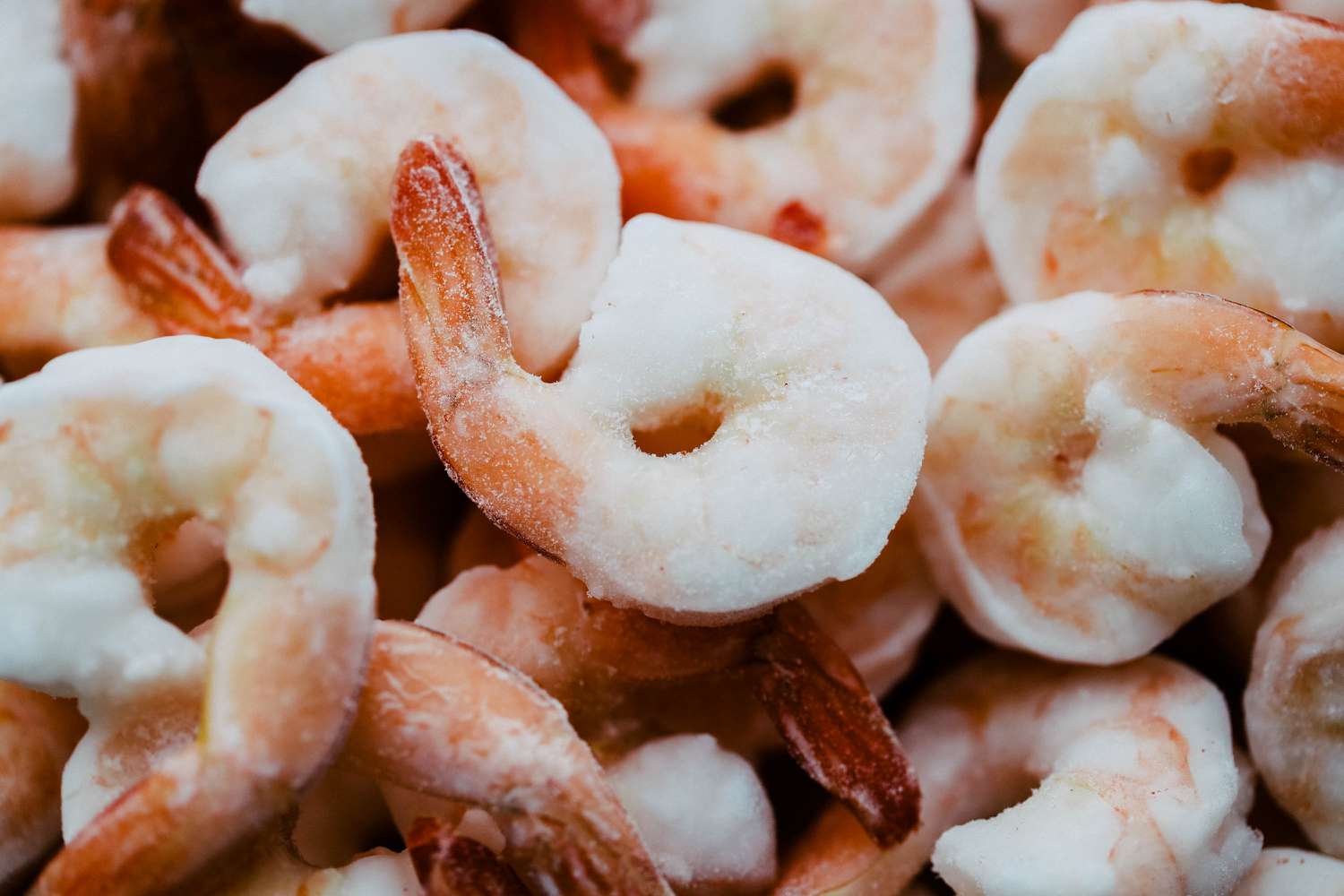
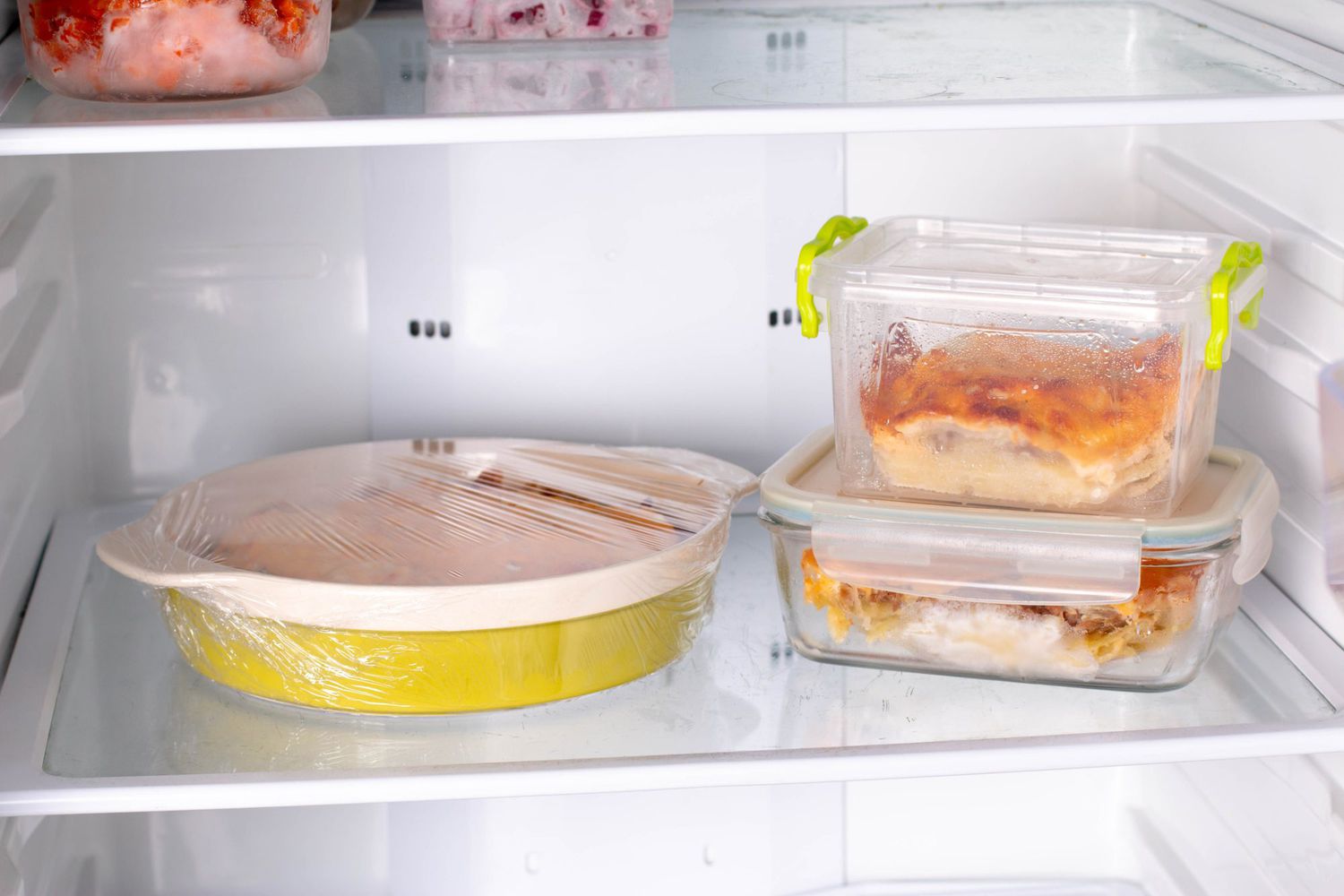

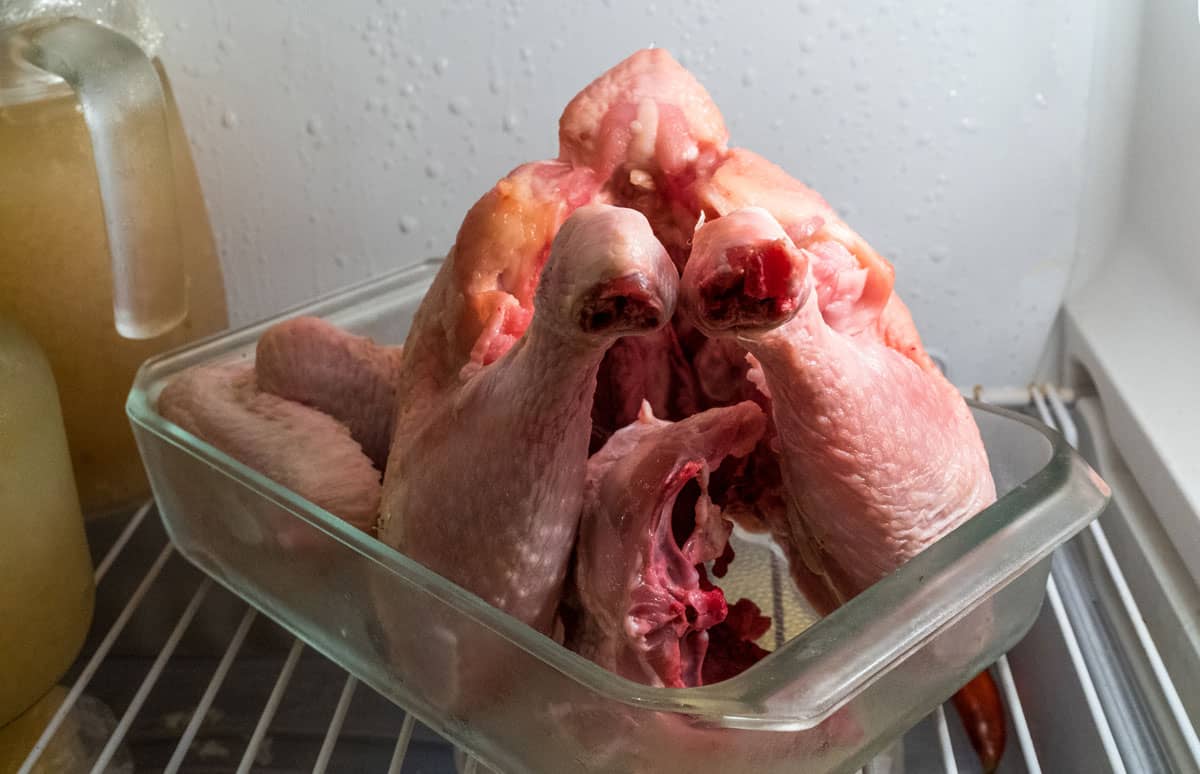
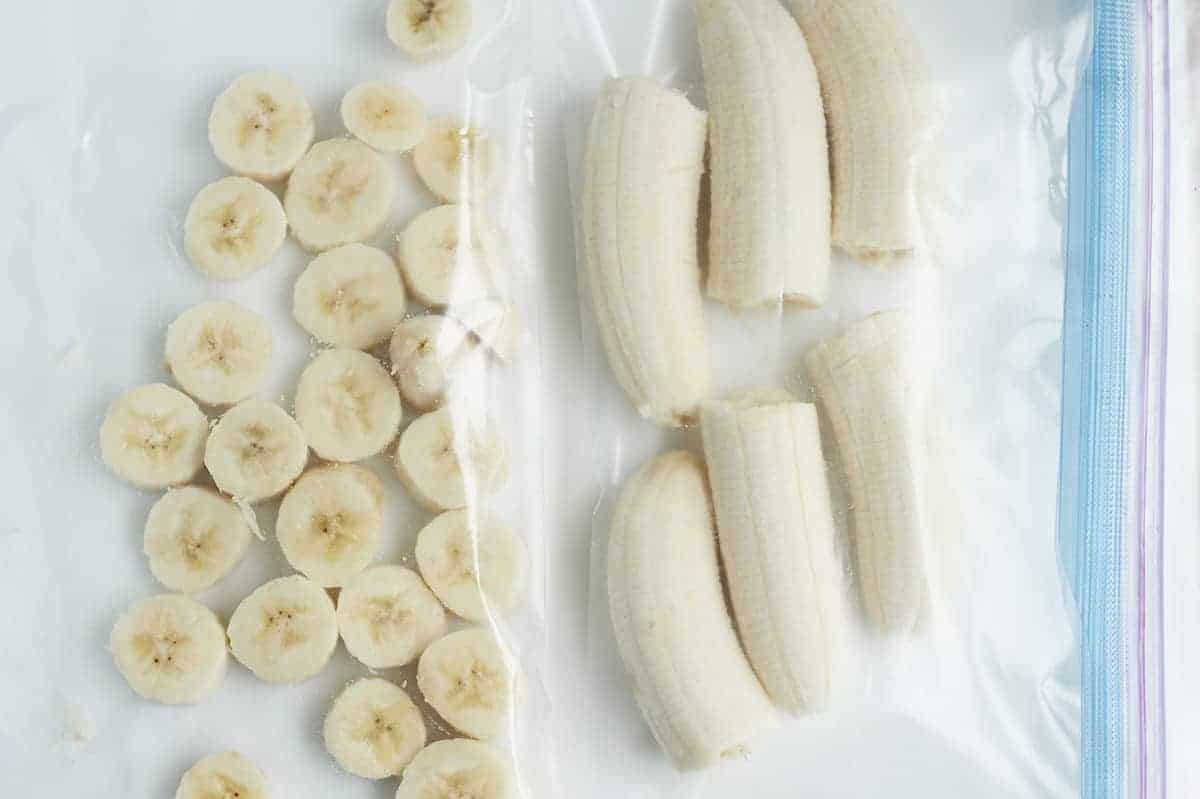
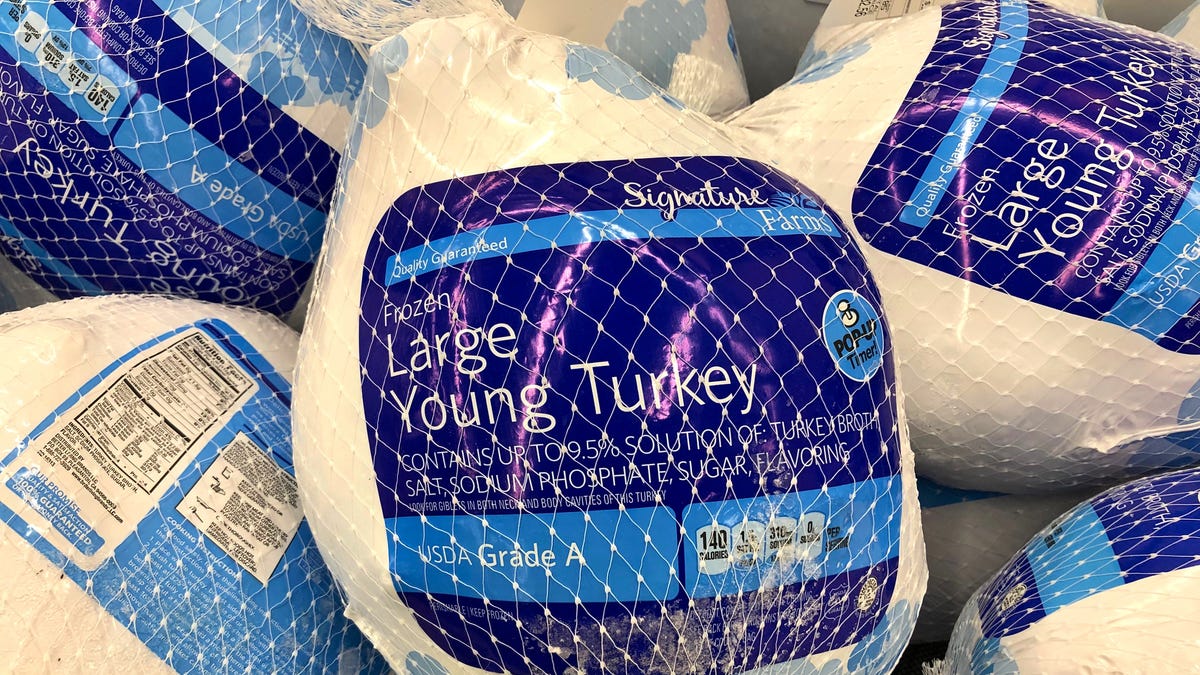
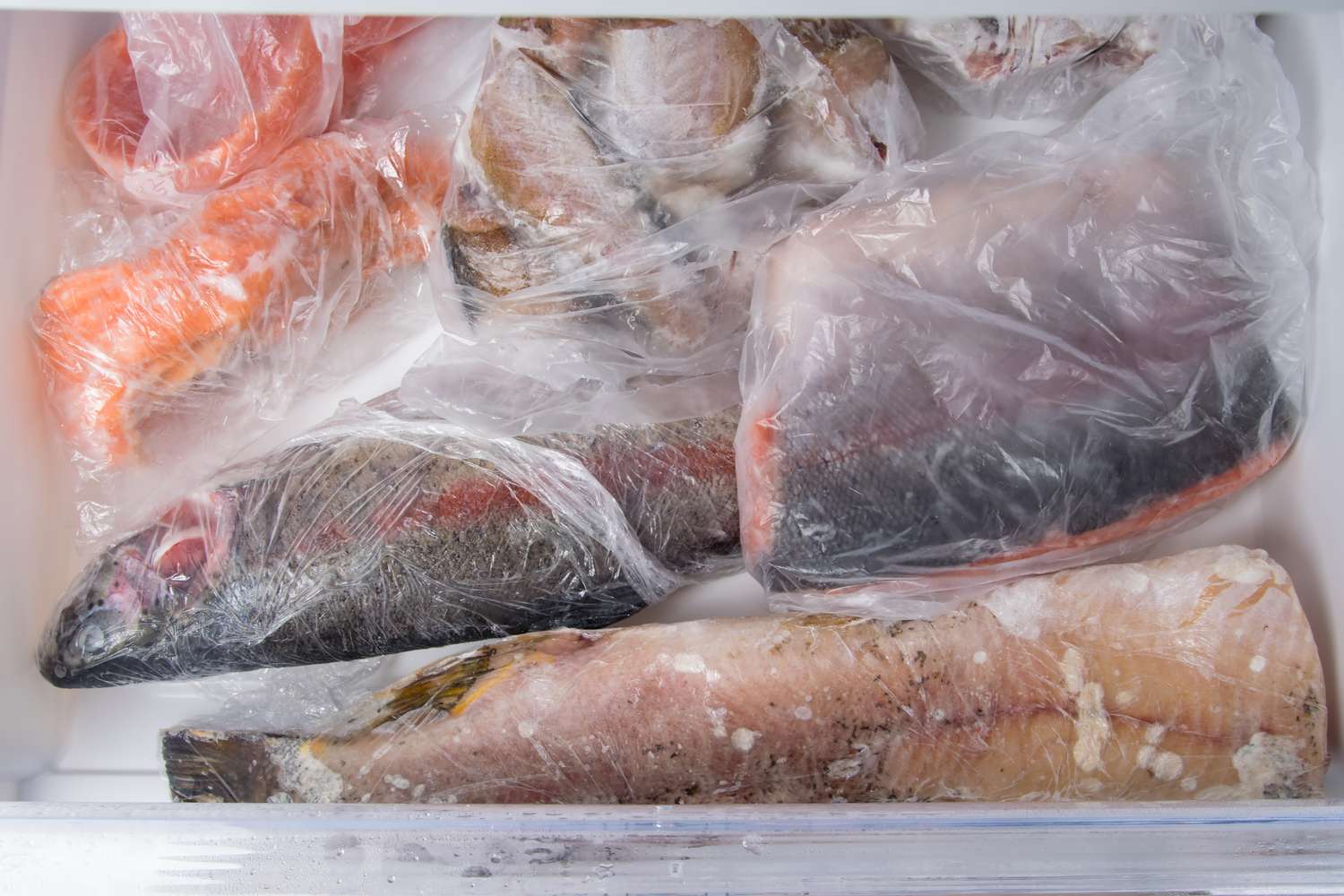

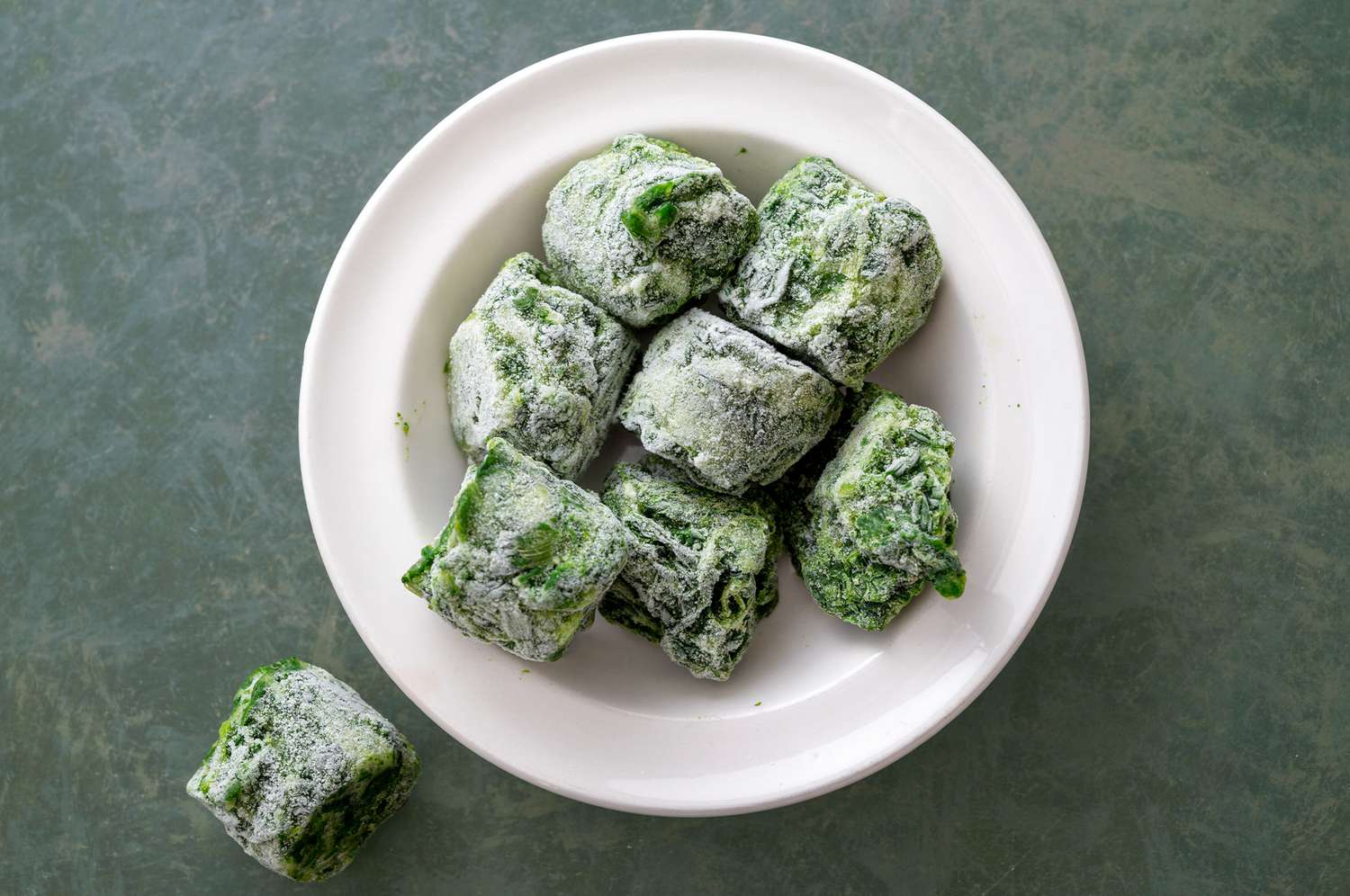
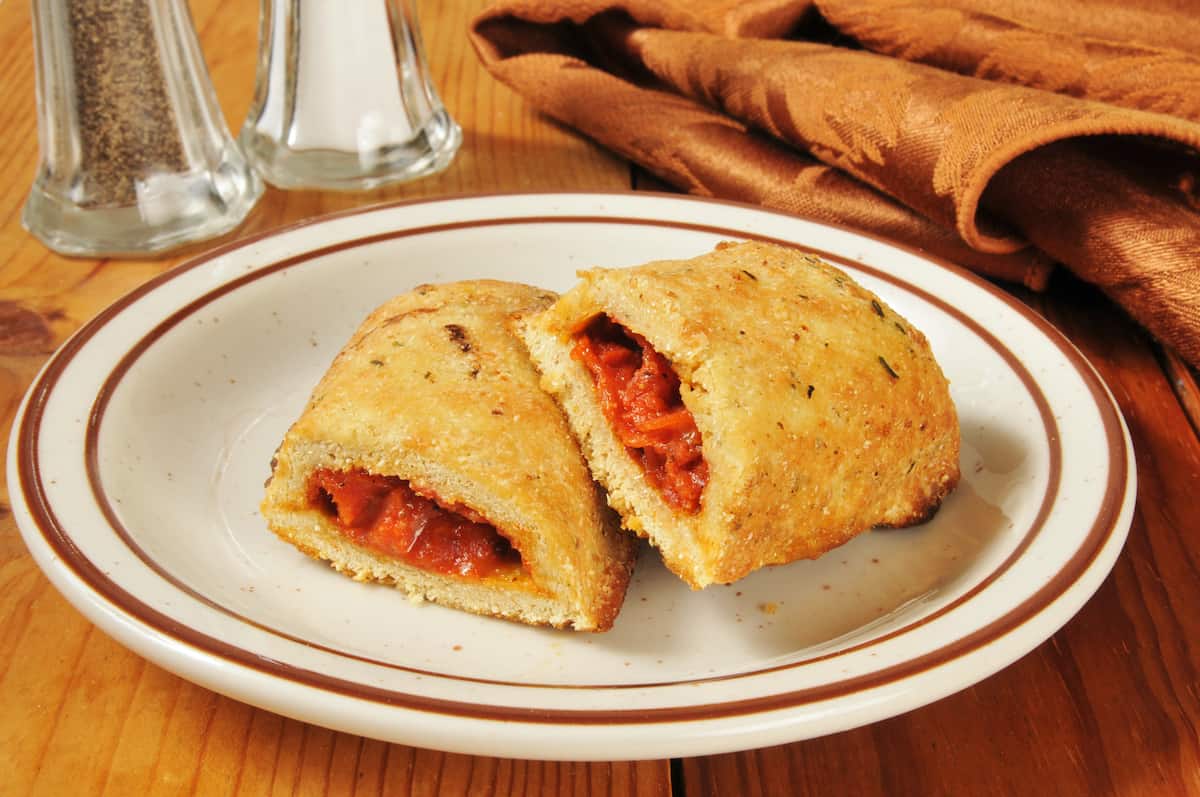
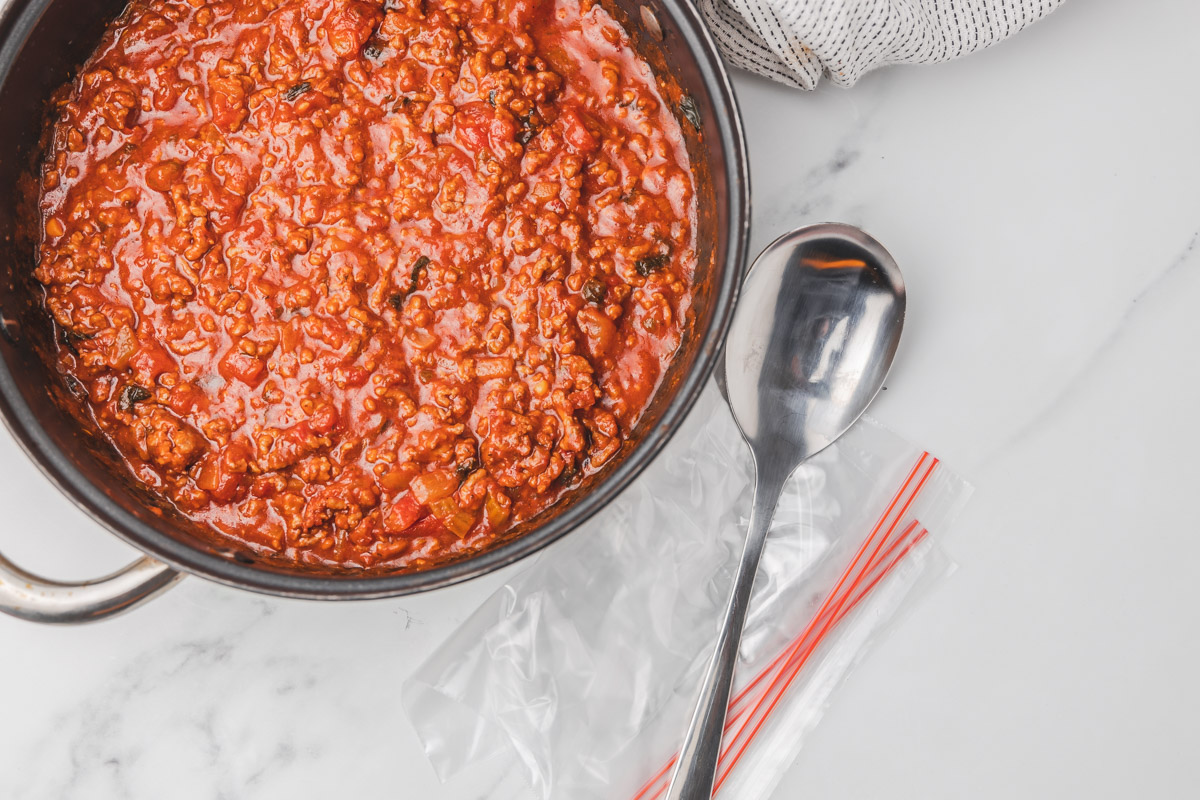

0 thoughts on “How Long Can Pork Last In The Freezer”